Affiliate links on Android Authority may earn us a commission. Learn more.
Hands-on with the Pixel 9, Pixel 9 Pro, and Pixel 9 Pro XL: This is what I wanted for an upgrade
Published onAugust 13, 2024
We see many smartphone launches each year here at Android Authority, but it’s been a long time since there’s been one quite as exciting as the Pixel 9 series. Google managed to redesign all the phones, add an additional model to the lineup, move a foldable into the family, incorporate a slew of new AI features, launch them at a new time earlier in the year, and even also debut the Pixel Watch 3 and Pixel Buds Pro 2 at the same event. It’s been a whirlwind!
Last week, I was privileged enough to get some early hands-on time with all the products Google launched today. Having now spent a few hours with them, I have plenty of things to say about the Pixel 9, Pixel 9 Pro, and Pixel 9 Pro XL.

Excellent build quality, refined design
Extensive update policy
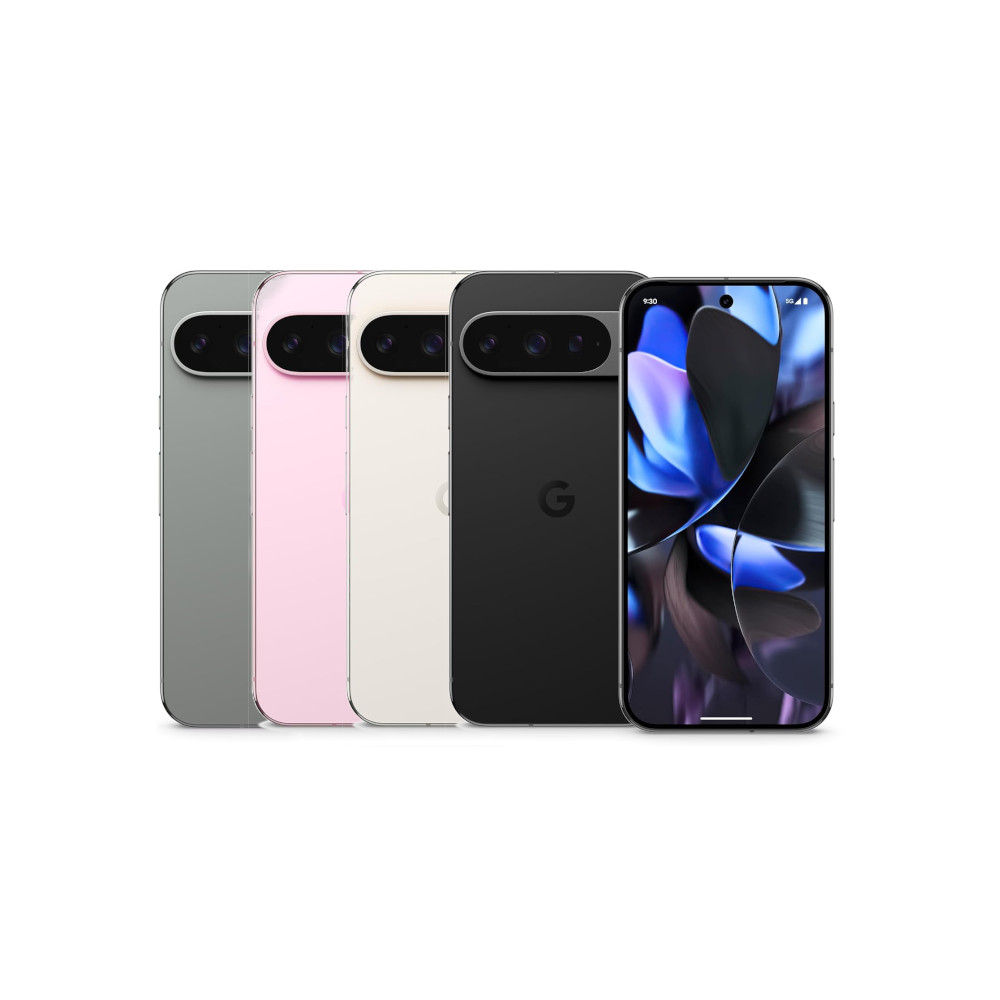
Excellent build quality
Flexible, capable cameras
Reliable update commitment

Gorgeous display
Seven years of software updates
All four phones in the Pixel 9 series explained
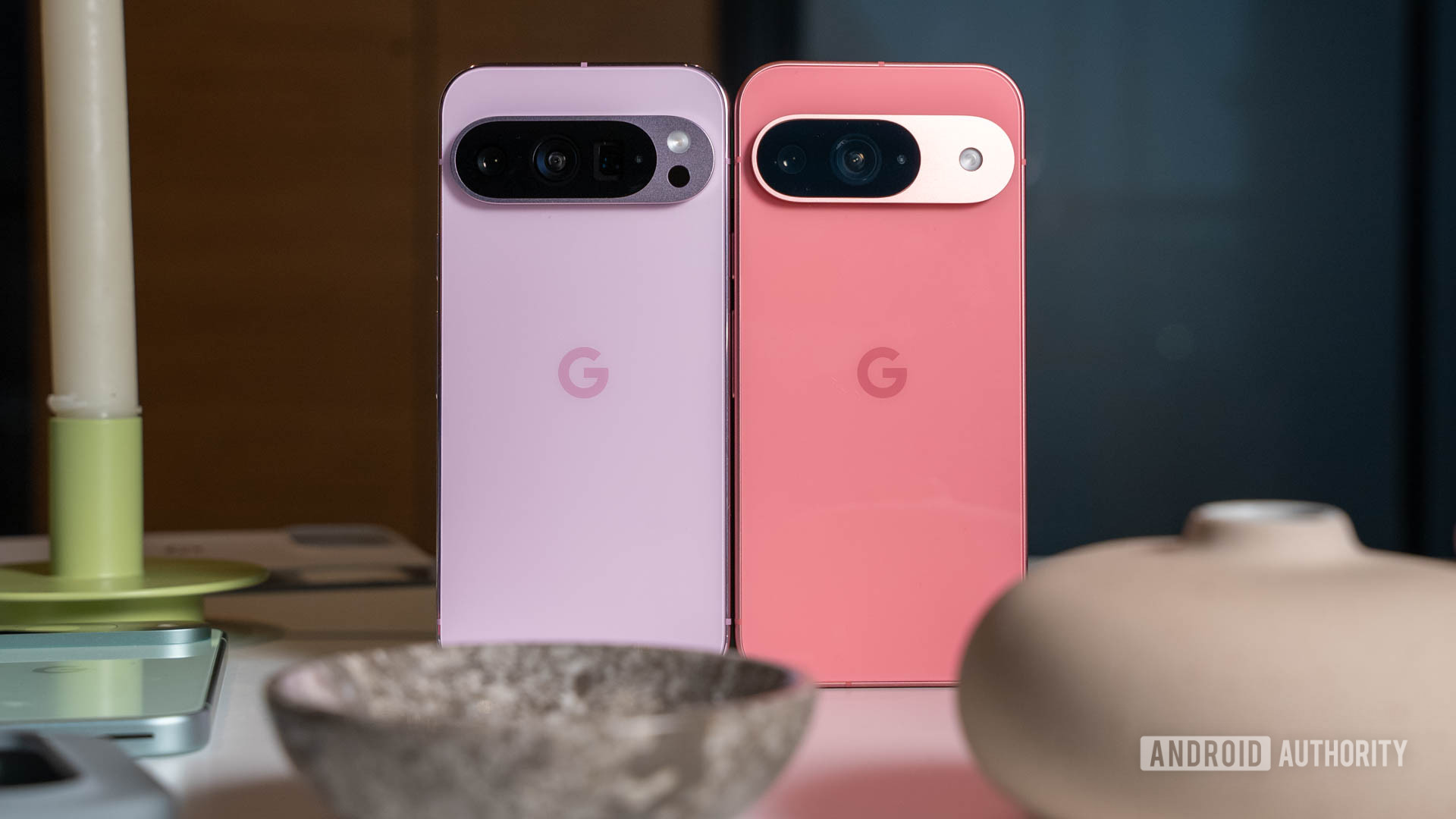
Before I get into my thoughts after using the Pixel 9 phones, let me quickly explain the significant changes Google introduced to the series this year. Over the past few years, Google’s mainline Pixel lineup has been pretty steady, with a standard Pixel paired with a Pro model. Last year, for example, we had the Pixel 8 and the Pixel 8 Pro. This is how it’s been for three generations, ever since the launch of the Pixel 6 series.
Google doubled the number of phones in the mainline Pixel series this year.
Today, though, Google is dramatically expanding the Pixel 9 family — doubling it, actually. First, it’s introducing a new Pro model, giving Pro buyers two choices for sizes without needing to sacrifice many specs. Second, it’s taking what would have been the sequel to the Pixel Fold and pigeonholing it as a Pixel 9 phone by calling it the Pixel 9 Pro Fold.
In other words, there are now four phones in the series:
- Google Pixel 9: The standard model; a sequel to the Pixel 8
- Google Pixel 9 Pro: A new Pro-level model that is the exact same size as the standard Pixel 9
- Google Pixel 9 Pro XL: A larger version of the Pixel 9 Pro; a spiritual successor to the Pixel 8 Pro as it is similar in size and specs
- Google Pixel 9 Pro Fold: A newly redesigned book-style foldable phone; the spiritual successor to the Pixel Fold
I have a separate hands-on with the Pixel 9 Pro Fold, which you can read at the link. For now, I want to tell you about my time with the non-foldable Pixel 9 phones, starting with the standard model.
Google Pixel 9: The new default Pixel entry point
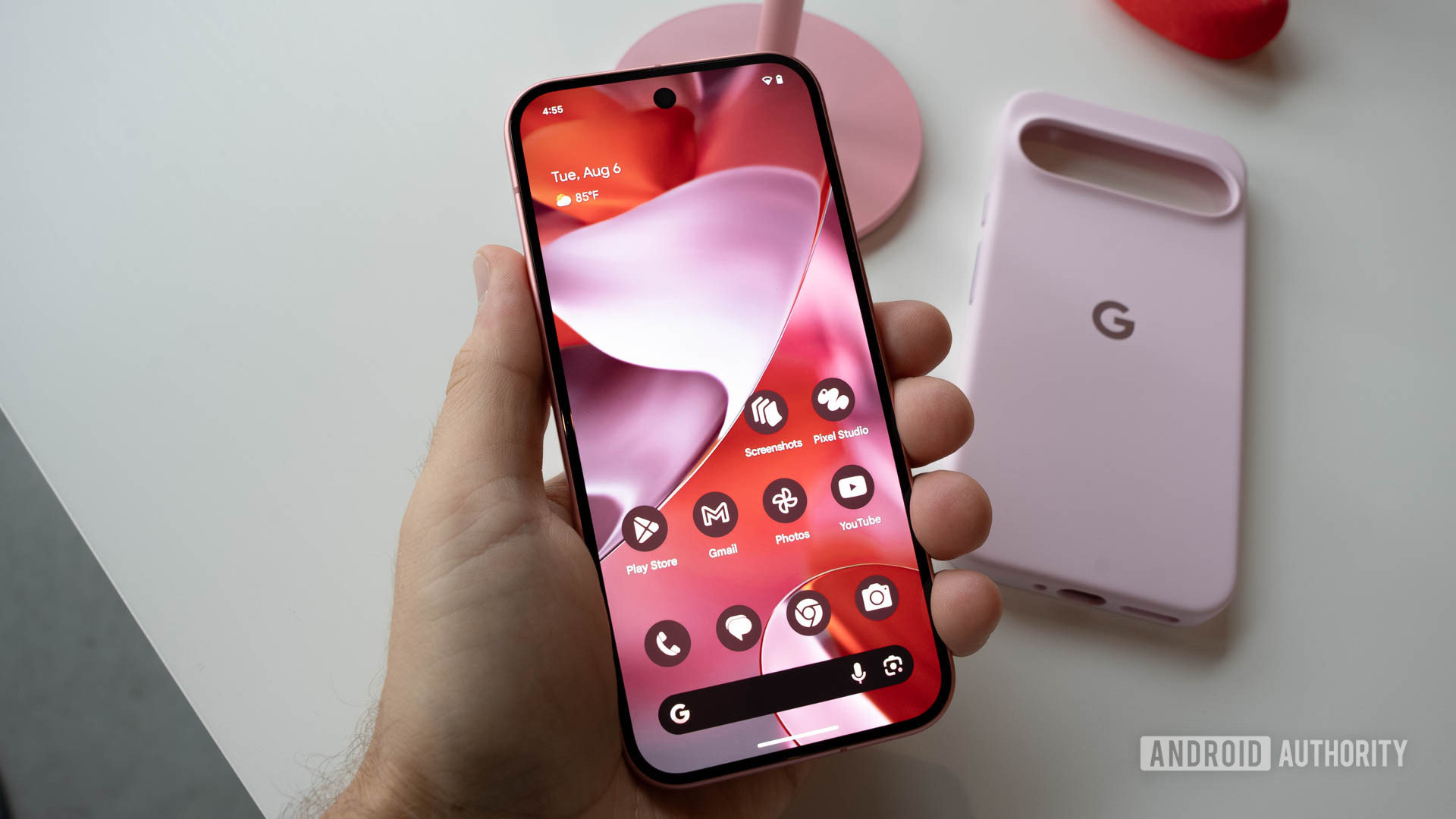
Despite the Pixel 9 being the device with the fewest changes compared to last year, there’s plenty new to discuss. First, Google has overhauled the design. The curvy sides of previous Pixels are gone to make way for flat sides reminiscent of the Galaxy S24 series or, dare I say it, the iPhone 15 series. Google also revamped the now-iconic Pixel camera bar, swapping out the full-body bar of the Pixel 8 for a centered oval-shaped module that only covers most of the phone’s width. Both of these changes make the phone look and feel very, very different from the Pixel 8.
Honestly, I’m loving the new design. First, the flat sides make me happy. I know there are detractors who think flat sides should stay on iPhones, but I think every phone should have flat sides. They make the phone more comfortable to hold, help all styles of cases fit better, and create more room inside the phone for cramming extra hardware (most notably larger battery cells).
The sides of the Pixel 9 are matte aluminum, and they match the phone’s overall colorway, which is an excellent design touch. Speaking of colorways, the Pixel 9 comes in four at launch: Obsidian (light black), Porcelain (off-white), Wintergreen (bright pastel green), and Peony (bright pastel pink). My personal favorite of the bunch is actually Peony. I don’t think I would choose it as my daily driver color (I wear a lot of black, if you haven’t noticed), but it was the design I kept grabbing for while testing the phones. I don’t know why; it just called out to me.
The Pixel 9 has some nice design upgrades this year, including Gorilla Glass Victus 2 all over, trimmed symmetrical bezels, and two new colors.
The back of the Pixel 9 is covered with Gorilla Glass Victus 2 this year, a nice upgrade over the standard Victus on the Pixel 8. This should make the phone more durable. To contrast the matte rails, Google kept the back glass shiny and reflective, which looks nice but does leave it more prone to fingerprint streaks, unfortunately.
Victus 2 also covers the front of the Pixel 9. If the front looks better to you this year but you can’t quite put your finger on why, it’s because the bezels are now uniform. On previous Pixels, the bottom bezel was always slightly thicker than the top and sides, but that’s not the case with the Pixel 9. It’s a subtle change, but one my symmetry-loving brain very much appreciates.
Finally, the Pixel 9 is probably slightly too large to be considered a “compact” phone (it does have a 6.3-inch display, after all, which ain’t tiny). However, as a guy who’s been using phones in the 6.7-inch realm for a long time now, it felt compact to me. For the sake of comparison, it’s very similar in size to the Galaxy S24 and the iPhone 15 (and, obviously, the Pixel 8). If you like your phones small-ish, this is now a great contender.
On that note, if you like your phones on the smaller side but hate that it usually means getting a less powerful device, boy oh boy, do I have good news for you.


Google Pixel 9 Pro: The one I simply didn’t want to put down
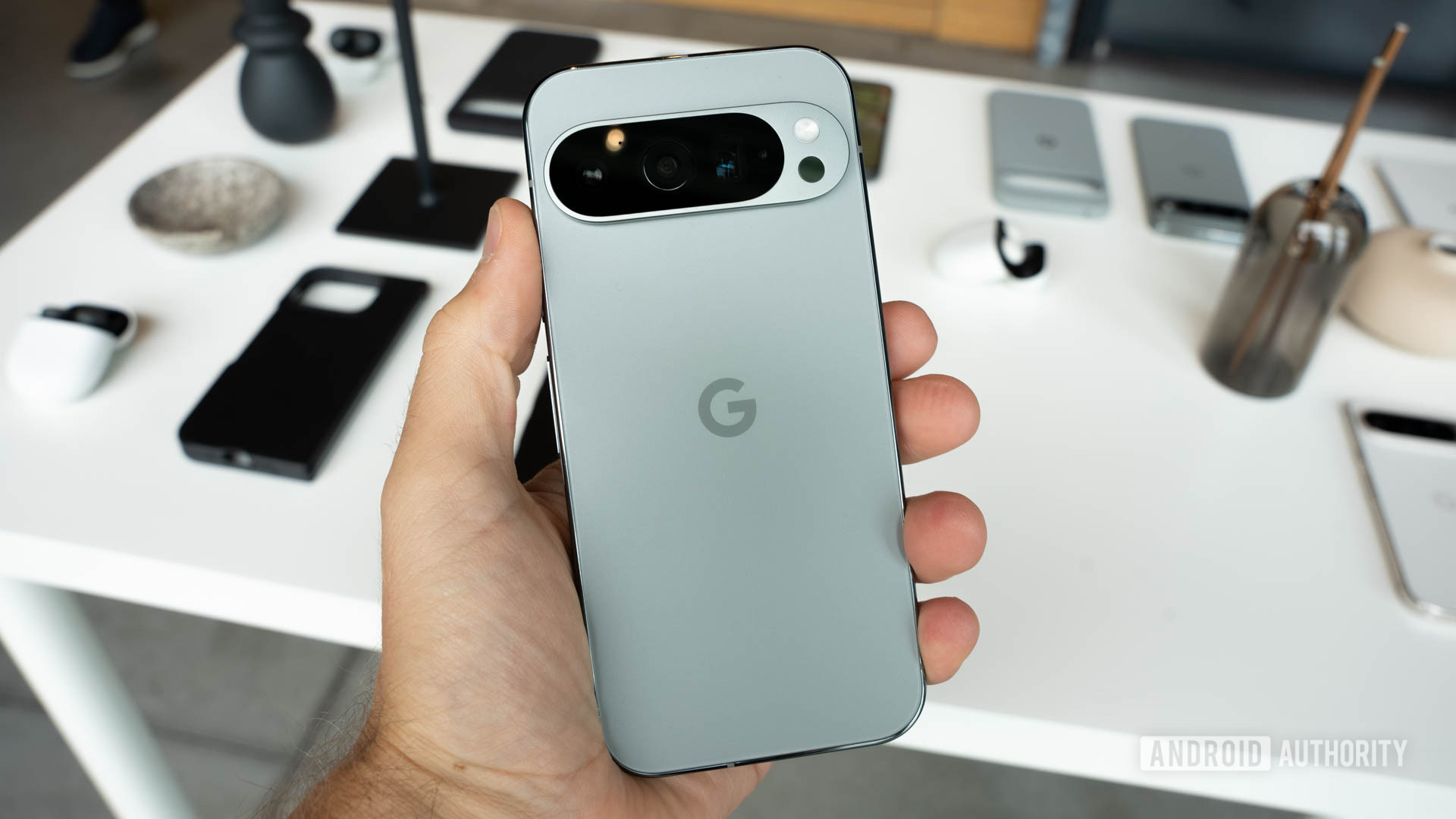
Of the non-foldable phones in the Pixel 9 family, the Google Pixel 9 Pro is the standout. Not only is the concept of a palm-friendly Pro phone new to the Pixel line, but it’s also new to pretty much all of Android. Up until today, buying a modern Android phone that anyone would consider “small” would necessitate you skipping out on certain specs and features, with a high-quality telephoto lens being the biggest. Notably, iPhone users haven’t had this problem: the iPhone 15 and iPhone 15 Pro are essentially the same size, and it’s been that way for years.
The Pixel 9 Pro is the freshest addition to the line-up, and it's everything I wanted it to be.
Well, now Android users have the same choice iOS users have. The Google Pixel 9 Pro is, ostensibly, a sequel to the Pixel 8 Pro, but in a chassis that is the exact same size as the Pixel 9. And I mean exact: case-maker Mous told us that all dimensions of the two phones are precisely the same, which means a case for a Pixel 9 will fit a Pixel 9 Pro like a glove. Do note, however, that the wireless charging coils for each phone are in slightly different spots. This could cause case-swapping issues. For example, if your Pixel 9 case has some sort of wireless charging feature — like a magnetic connector — it will not work properly when flipped to a Pixel 9 Pro. Standard cases, though, are interchangeable.
Regardless, all this means that the Pixel 9 Pro looks and feels remarkably similar to the Pixel 9. They are even almost the same weight, with the 199g Pixel 9 Pro being a single gram heavier than the 198g Pixel 9 (in other words, you can’t even tell).
There are a few differences, though, of course. First, the aluminum rails are glossy instead of matte. Second, the Victus 2 glass on the back is matte instead of glossy. Essentially, the two design methods are swapped for the different phones.
Finally, there's a Pro-level Pixel that isn't enormous.
Although the camera bar is the same size on both phones, the Pixel 9 Pro has an additional lens (periscope telephoto) and a temperature sensor. I’ll talk more about the cameras in a later section, but let me touch on the temperature sensor for a second. Interestingly, Google didn’t talk about this sensor at all during any of our briefings. It’s there, but it’s clear Google doesn’t seem to care much about it anymore. It has no new features, and Google isn’t highlighting it as a selling point. However, if you’re one of the few people out there who found the temperature sensor on the Pixel 8 Pro a must-have feature, it’s here on the Pixel 9 Pro, too.
The colors for the Pixel 9 Pro are also slightly different. The Obsidian and Porcelain models are pretty much the same across both models, although I think the dichotomy in rail design makes them look like slightly different colors. The other two colors, though — Hazel (gray-green) and Rose Quartz (light pink) — are like muted, more professional cousins of Wintergreen and Peony, respectively. My favorite is definitely Hazel, which is the color I am almost certainly going to get when I buy one of these for myself.
If you’re wondering how I feel about this phone, let me say this: I have been waiting for this day since December 2022, which is when I first learned — through a trusted leaker — that Google was going to work this into its Pixel roadmap. For years now, all I’ve wanted is a Pixel Pro in the size of a regular Pixel. And now, I have it. Honestly, I haven’t been this excited about a phone in a long, long time, and it took all my strength to give the phone back to Google when my hands-on session was over.


Google Pixel 9 Pro XL: For the masses
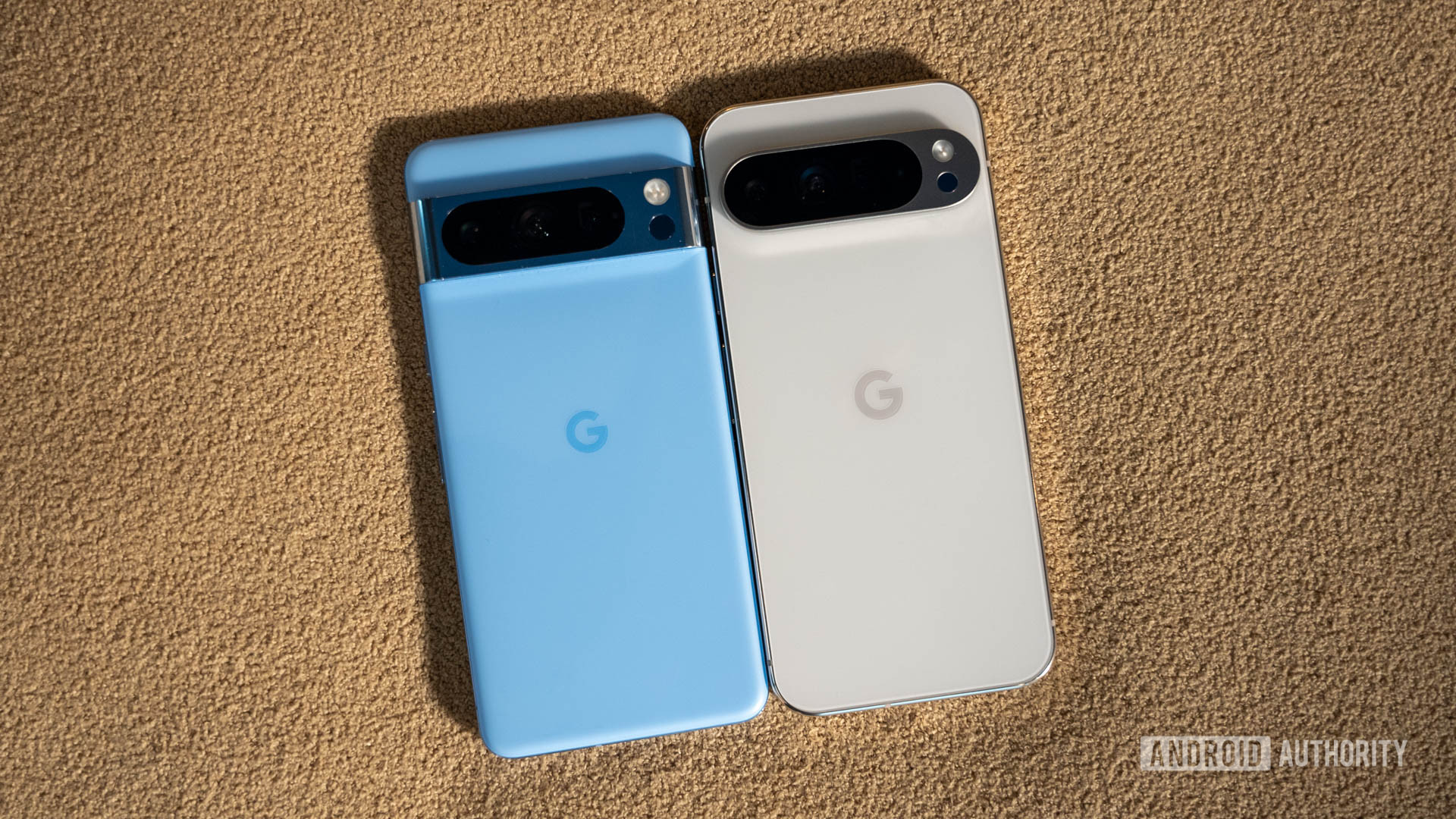
Now that I’ve fanboyed about the Pixel 9 Pro, let’s jump over to the Pixel 9 Pro XL. This phone is the true successor to the Pixel 8 Pro. It’s basically the same size and has all the same features and expected upgrades.
Design-wise, the Pixel 9 Pro XL is a dead-ringer for the Pixel 9 Pro. It has the same matte glass back, the same glossy rails, and the same four colorways. It has the same camera bar design (including the temperature sensor) and the same lenses. It really is the same phone, just the size of a Pixel 8 Pro instead of the size of a Pixel 8.
If you like the status quo and want your Pro phone to be big, the Pixel 9 Pro XL is here for you.
Note, however, that instead of the Pixel 8 Pro’s 6.7-inch display, the Pixel 9 Pro XL has a 6.8-inch display. But that’s not because the phone itself is bigger — it’s because those slimmer, uniform bezels provide an extra 0.1 inches of screen space.

There are two other differences between the Pixel 9 Pro and its XL sibling that you can’t see. First, the battery is bigger. At 5,060mAh, it is roughly 7% larger than the 4,700mAh batteries in both the Pixel 9 and Pixel 9 Pro. Of course, the XL’s larger display could negate any gains you might see with that extra battery juice, but we’ll find out more about that when we get into testing these devices.
Outside of its larger size, the Pixel 9 Pro XL offers more battery and faster wired charging speeds — but that's it.
The second difference you can’t see is the wired charging speed. The Pixel 9 Pro XL charges faster than any other phone in the lineup with a wired speed of 37W. According to Google, the XL charges “up to 70% in about 30 minutes” with Google’s new 45W charging brick that costs $29.99. The Pixel 9 and Pixel 9 Pro, by contrast, both charge at 27W, getting you “up to 55% in about 30 minutes.” Neither of these are amazing speeds by any stretch of the imagination in 2024, but at least that 37W speed is one little extra perk for going for the more expensive XL model.
While testing out all these phones, holding the Pixel 9 Pro XL in my hand felt comfortable — normal, even. It felt like holding the natural evolution of the Pixel 8 Pro, which has been my daily driver since it launched in October last year. It didn’t feel “meh,” but it didn’t feel as exciting and new as the Pixel 9 Pro. That being said, some people don’t want exciting and new — they want familiar and safe. If that’s you, the Pixel 9 Pro XL will be a very welcome device.


Camera upgrades for everyone
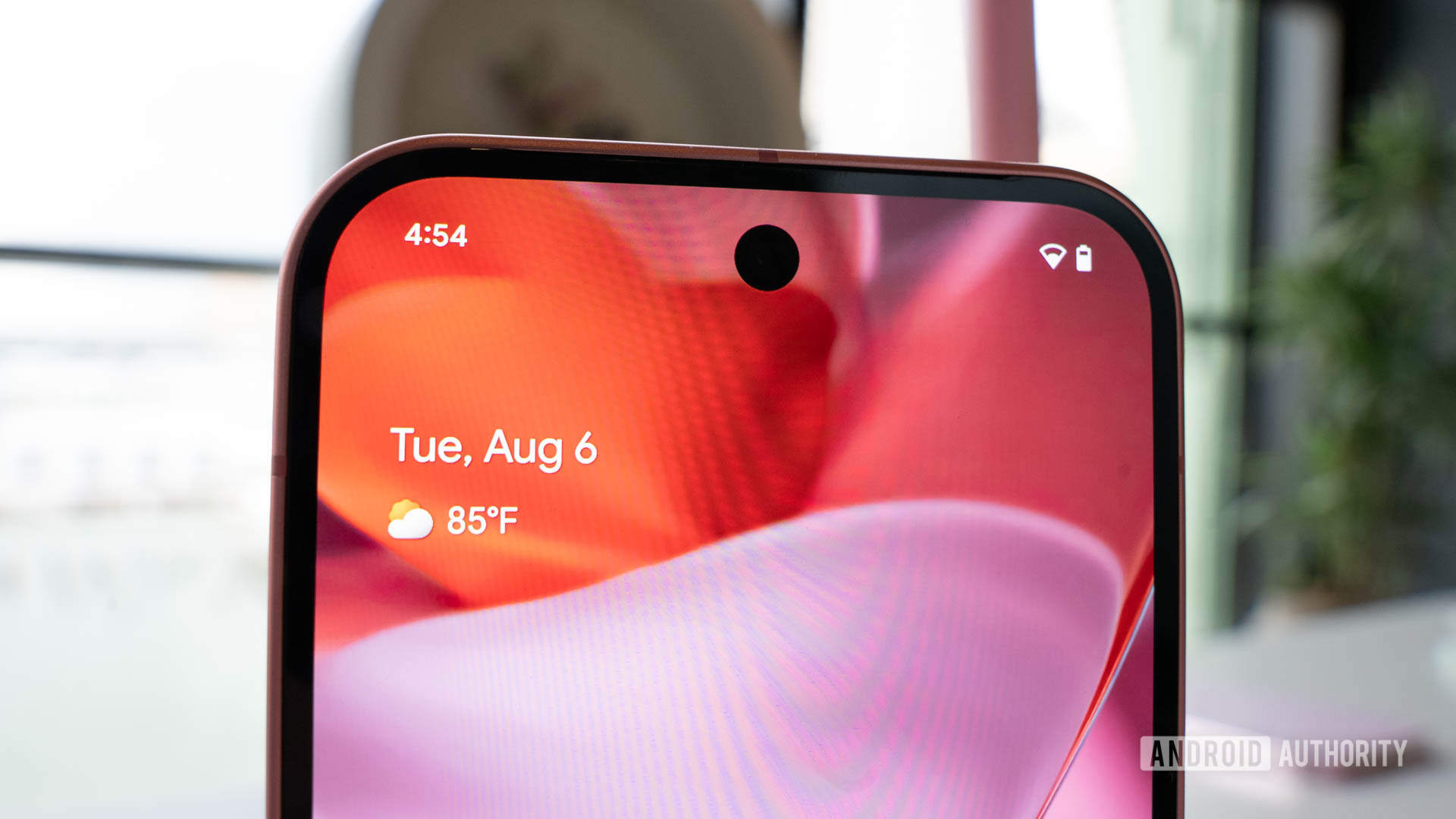
Google’s early investment into AI-powered camera smarts for its Pixel phones has paid off dividends over the years. At this point, if you want the best camera phone you can get, your top three choices should always include the latest Pixel. With that in mind, it shouldn’t be surprising that Google is making the camera hardware that wowed us on the Pixel 8 line in 2023 even better with the 2024 Pixels.
First, all three non-foldable phones get an ultrawide upgrade. Google is dropping in a brand new 48MP lens. This will almost certainly make the ultrawide experience on the Pixel 9 much better than on the Pixel 8. In fact, Google claims the Pixel 9’s ultrawide has improved light sensitivity by 110% when compared to the Pixel 8. The Pixel 8 Pro already had a 48MP ultrawide lens, though, so the gains year-over-year should be less dramatic on the Pixel 9 Pro and Pro XL.
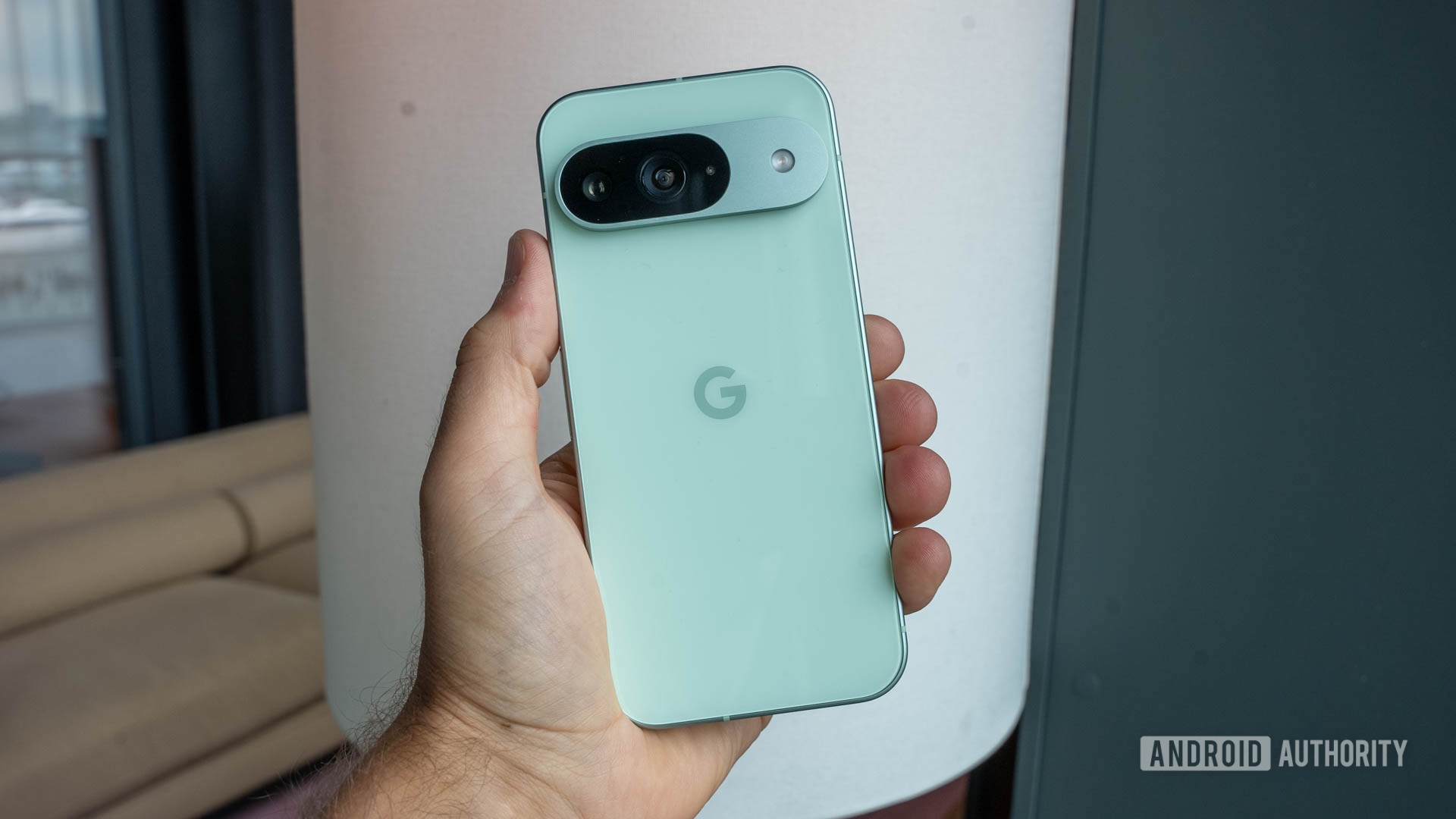
Meanwhile, on the two Pro phones, Google is bringing in a new 42MP selfie camera. By Google’s reckoning, this is its “best front camera, ever.” It certainly is demonstrably better than the last generation in one area, which is field-of-view (FoV). The new sensor has a 103-degree FoV, substantially larger than the 95-degree FoV on the Pixel 8 Pro’s selfie shooter. This should help you get more of your friends and family into those group selfies.
Thankfully, we have multiple hardware upgrades for the Pixel 9 series, and all of them are most welcome.
Finally, Google didn’t just update the camera hardware. Landscape photographers will be happy to know that the Panorama mode has gotten a facelift. Instead of moving the camera horizontally and trying to keep a white box from jiggling too much, you move the camera to match some dots on the display. As you move from dot to dot, it stitches the photo together. I tried it a few times, and I found it much easier to use than the previous Panorama function on Pixels. This updated mode also supports HDR+ and Night Sight, which is sweet.
The rest of the camera-related features fall under Gemini, which is where Google unsurprisingly invested a lot of its time this generation. Let’s dive into that!
Tensor G4, Gemini, and more
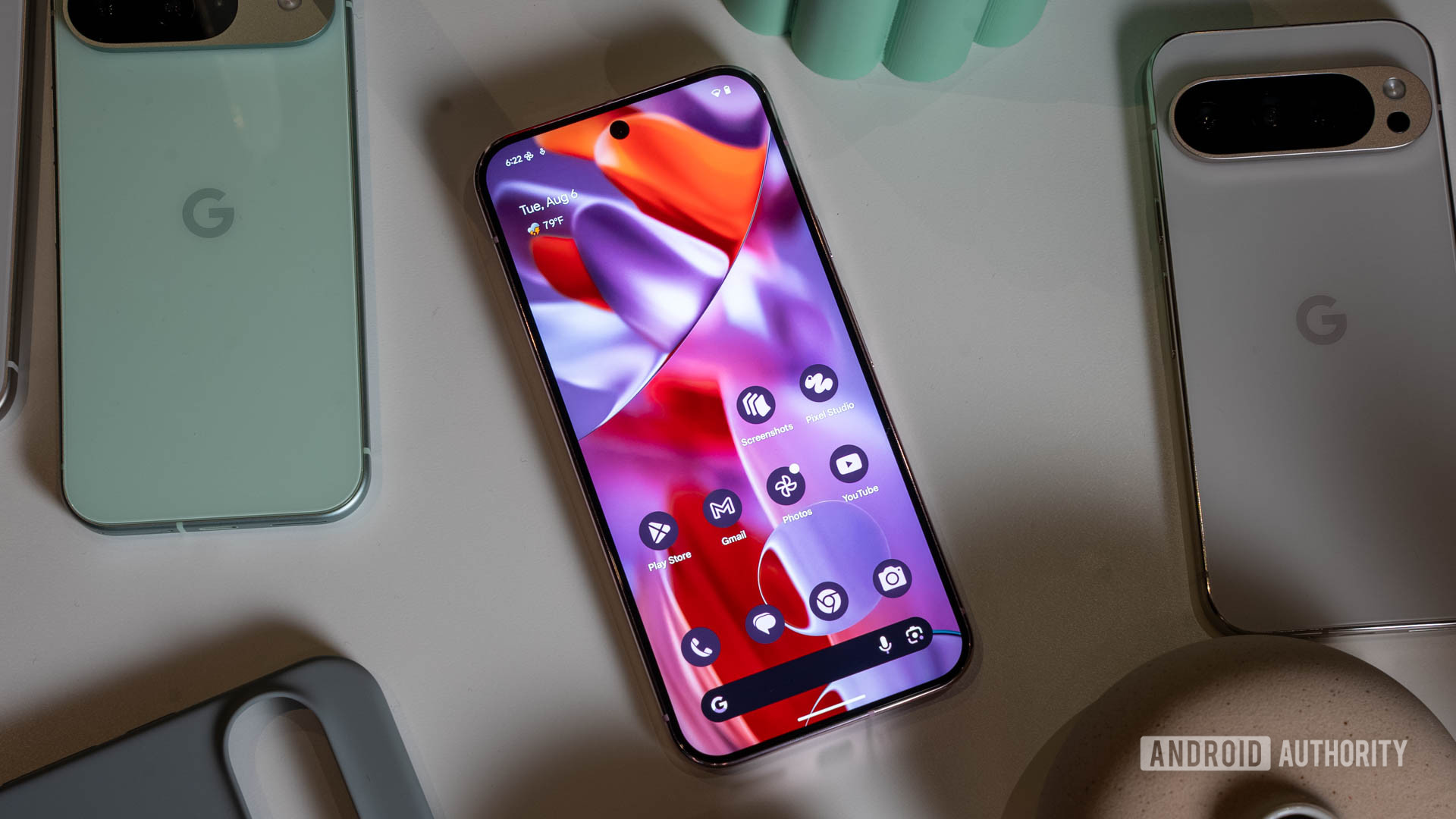
Inside all the Pixel 9 phones, you’ll find the new Tensor G4 chipset. While I didn’t have the opportunity to test its performance objectively, we know from exclusive Tensor G4 leaks provided to Android Authority prior to the Made by Google event that the chipset is really just a Tensor G3.5. It’s basically the same architecture but with some minor tweaks here and there. Still, you should see nominal increases in performance, battery efficiency, and thermals compared to Tensor G3.
We still need to do testing, but everything we know about Tensor G4 points to it being more like a Tensor G3.5.
Regardless, Tensor G4 is going to power all the new Gemini features Google is launching with the Pixel 9 series. Honestly, there are so many new features that I’m not going to go over them all here. Instead, I’m going to focus on my two favorite features that I actually tried out at the event and another that I am genuinely excited about but didn’t get to try.
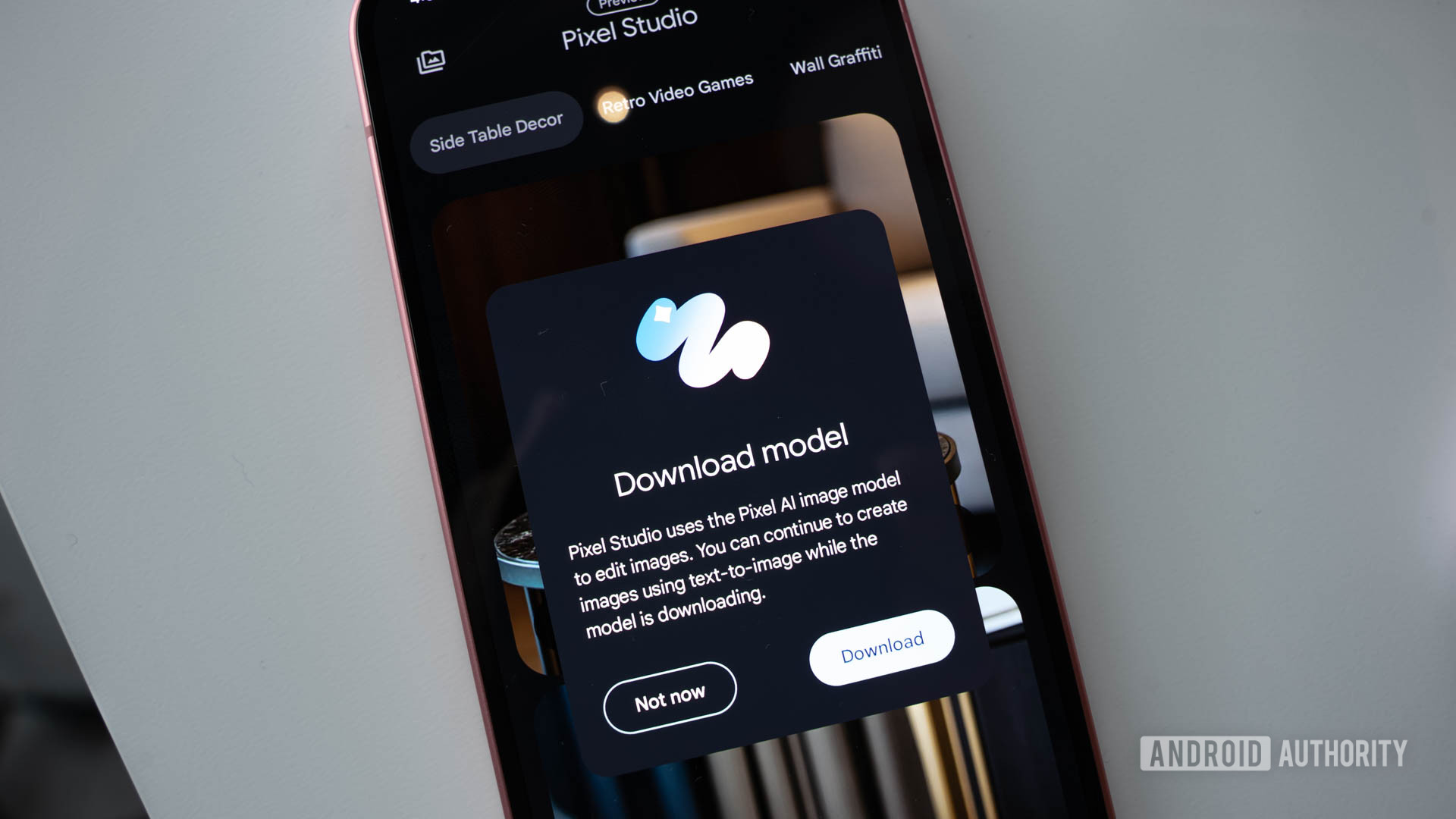
First, there’s a new camera feature called Add Me. This is probably the star feature of the new phones. The problem this feature solves is when you want to capture a group photo, but there’s no one around to take it for you. Using Gemini, the Pixel Camera app will guide you through capturing one photo with all members of the group, minus the photographer. Then, it will guide another member of the group to take a photo of the photographer standing in the spot they would have been standing if they weren’t taking the first photo. Finally, it will stitch both photos together to make it appear as if everyone was in the original shot and someone else took the photo.
I tried this out, and it worked really well. My partner and I are big into hiking, and we usually do the “stretch your arm as long as it can go” selfie when it’s just the two of us out in some remote location. Add Me, though, will make this unnecessary. Additionally, when we’re traveling, we’ll no longer need to awkwardly ask someone (who may or may not speak English) to take a pic for us. Either way, I can absolutely see myself using this feature a lot once I have it.
The second Gemini feature I immediately fell in love with is actually a whole brand new app called Pixel Screenshots. As the name suggests, this will be your new home for screenshots on Pixel phones. Gemini will scan your screenshots as they come in and deduce what they’re about. Later, you’ll be able to search this database to find that screenshot you saved months ago but can’t remember anything about. I tried this out at the Google event, and it worked quickly and efficiently. Seriously, this will be a life-changer.
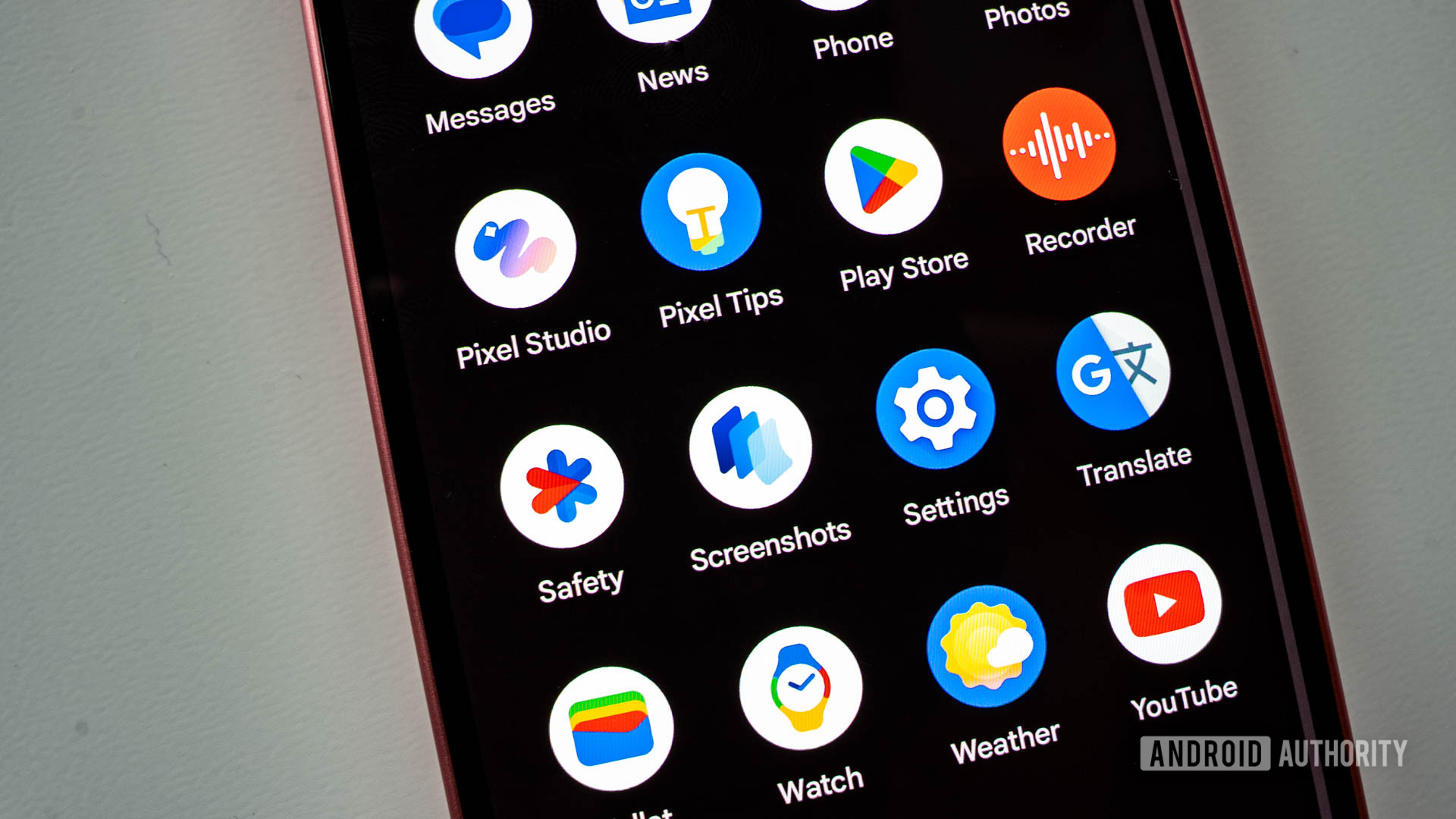
Finally, the third Gemini feature I want to focus on (but didn’t get to try, unfortunately) is called Call Notes. This one is super simple but will genuinely help me in both my work life and personal life. Essentially, Call Notes will record your phone calls, create a transcript of them, and then use on-device AI to create a summary of the call. This all gets saved to your phone, so you can reference it later. I can’t wait for this feature because it will prevent me from needing to say, “Hold on, let me write this down,” during a call ever again. I cannot wait for that day.
These are only three Gemini features — there are so many more. There’s a new AI image generation app called Pixel Studio, a new Weather app that uses Gemini to create text information about your weather report, the ability to create a “Magic List” in Google Keep, and many others. Google went hogwild this year, so much so that Gemini is also now the default assistant instead of Google Assistant.
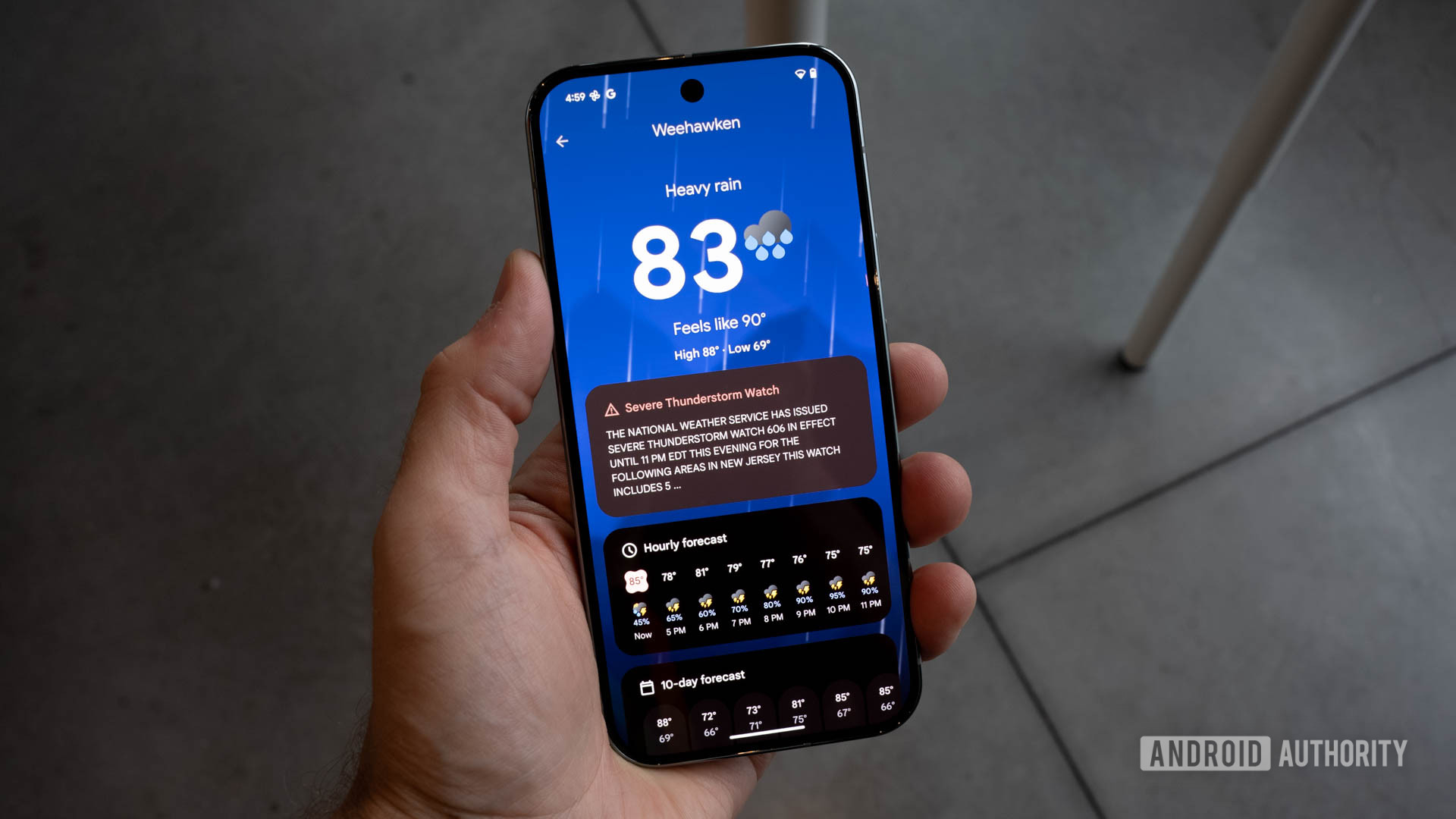
I’ll close this section out by calling out something about the software that you should all know: every Pixel 9 series phone will come with Android 14 out of the box. I know this sounds bad — after all, every other mainline Pixel has launched with the newest version of Android, which in this case would have been Android 15. But really, this is not that big of a deal as Android 15 is almost certainly coming in just a few weeks or, at worst, a few months.
The real question is how this might affect Google’s support commitment for the phones. All Pixel 9 series devices receive seven years of Android support, which includes new versions of Android. Does that mean the Pixel 9 series will eventually get Android 21 and then fall out of date, or will Google consider Android 22 to be the true final version? Time will tell on that one.
Pixel 9 series: Specs comparison
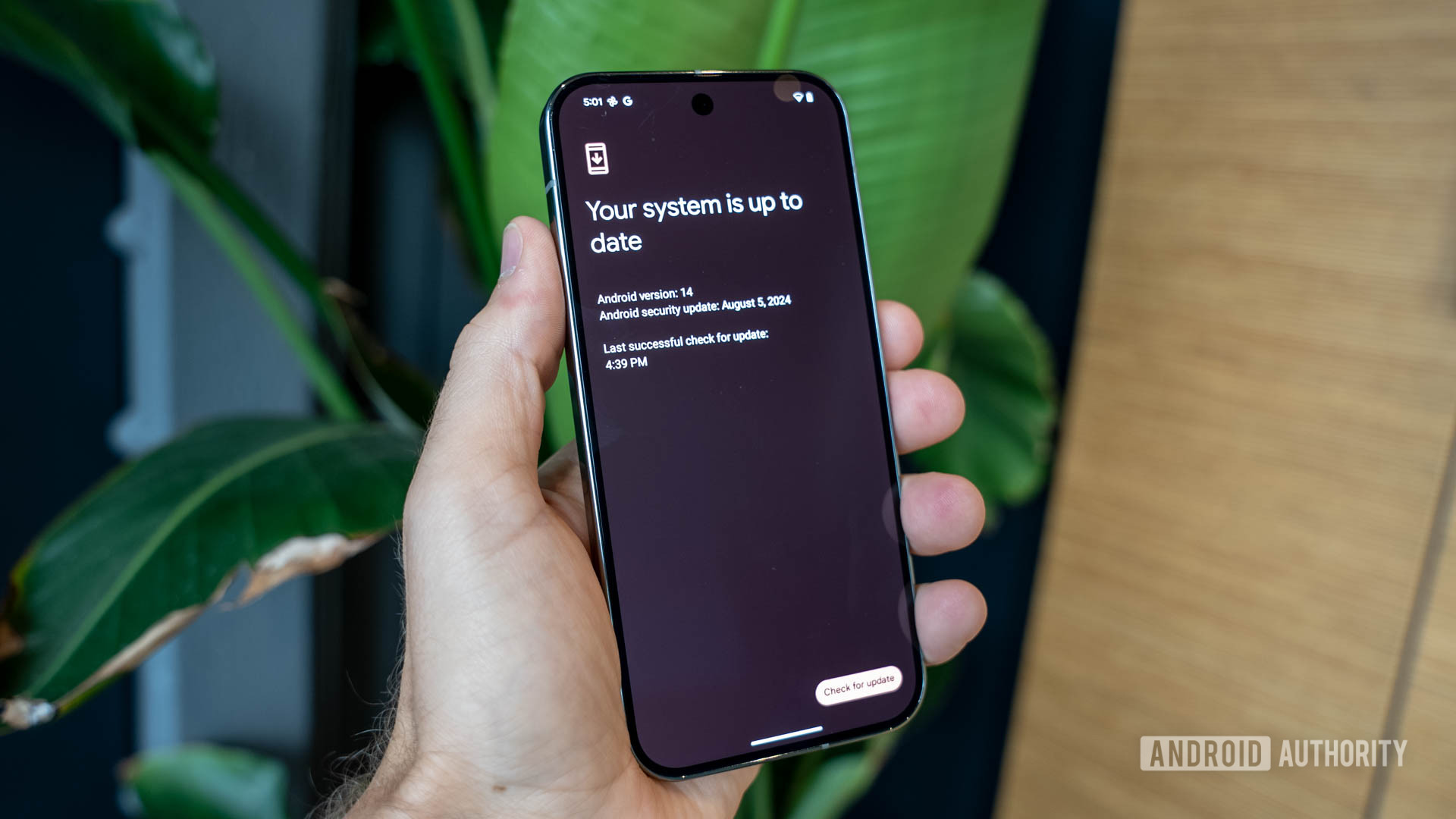
While the Pixel 9 series does not offer unexpected upgrades, it does offer some notable new perks, such as a significant increase in RAM, better build materials across all phones, a new ultrawide camera, and more. See the full official specs of all three non-foldable phones in the series below.
| Pixel 9 | Pixel 9 Pro | Pixel 9 Pro XL | |
|---|---|---|---|
Display | Pixel 9 6.3-inch OLED, 1,080 x 2,424 resolution, 422 PPI, 60-120Hz refresh rate, 20:9 aspect ratio, 2,700 nits peak brightness | Pixel 9 Pro 6.3-inch LTPO OLED, 1,280 x 2,856 resolution, 495 PPI, 1-120Hz refresh rate, 20:9 aspect ratio, 3,000 nits peak brightness | Pixel 9 Pro XL 6.8-inch LTPO OLED, 1,344 x 2,992 resolution, 486 PPI, 1-120Hz refresh rate, 20:9 aspect ratio, 3,000 nits peak brightness |
Processor | Pixel 9 Tensor G4 | Pixel 9 Pro Tensor G4 | Pixel 9 Pro XL Tensor G4 |
RAM | Pixel 9 12GB | Pixel 9 Pro 16GB | Pixel 9 Pro XL 16GB |
Storage | Pixel 9 128GB / 256GB | Pixel 9 Pro 128GB / 256GB / 512GB / 1TB | Pixel 9 Pro XL 128GB / 256GB / 512GB / 1TB |
Battery | Pixel 9 4,700mAh | Pixel 9 Pro 4,700mAh | Pixel 9 Pro XL 5,060mAh |
Power | Pixel 9 27W wired charging Wireless charging Battery Share | Pixel 9 Pro 27W wired charging Wireless charging Battery Share | Pixel 9 Pro XL 37W wired charging Wireless charging Battery Share |
Cameras | Pixel 9 Rear: - 50MP wide camera, ƒ/1.68, 82-degree FoV, 1/1.31" sensor - 48MP ultrawide camera, ƒ/1.7, 123-degree FoV, 1/2.55" sensor Front: 10.5MP, ƒ/2.2, 95-degree FoV | Pixel 9 Pro Rear: - 50MP wide camera, ƒ/1.68, 82-degree FoV, 1/1.31" sensor - 48MP ultrawide camera, ƒ/1.7, 123-degree FoV, 1/2.55" sensor - 48MP telephoto camera, ƒ/2.8, 22-degree FoV, 5x optical zoom, 1/2.55" sensor Front: 42MP, ƒ/2.2, 103-degree FoV | Pixel 9 Pro XL Rear: - 50MP wide camera, ƒ/1.68, 82-degree FoV, 1/1.31" sensor - 48MP ultrawide camera, ƒ/1.7, 123-degree FoV, 1/2.55" sensor - 48MP telephoto camera, ƒ/2.8, 22-degree FoV, 5x optical zoom, 1/2.55" sensor Front: 42MP, ƒ/2.2, 103-degree FoV |
Video | Pixel 9 Rear: 4K (24/30/60 FPS) 1080p (24/30/60 FPS) Front: 4K (30/60 FPS) | Pixel 9 Pro Rear: 4K (24/30/60 FPS) 1080p (24/30/60 FPS) Front: 4K (30/60 FPS) | Pixel 9 Pro XL Rear: 4K (24/30/60 FPS) 1080p (24/30/60 FPS) Front: 4K (30/60 FPS) |
Connectivity | Pixel 9 5G (mmWave + Sub6) Wi-Fi 7 (802.11/be) Bluetooth 5.3 (dual antenna) | Pixel 9 Pro 5G (mmWave + Sub6) Wi-Fi 7 (802.11/be) Bluetooth 5.3 (dual antenna) Ultra-wideband chip | Pixel 9 Pro XL 5G (mmWave + Sub6) Wi-Fi 7 (802.11/be) Bluetooth 5.3 (dual antenna) Ultra-wideband chip |
SIM | Pixel 9 Dual SIM (Single Nano SIM and eSIM) | Pixel 9 Pro Dual SIM (Single Nano SIM and eSIM) | Pixel 9 Pro XL Dual SIM (Single Nano SIM and eSIM) |
Security | Pixel 9 Face Unlock (Class 3) Ultrasonic under-display fingerprint sensor Titan M2 chip | Pixel 9 Pro Face Unlock (Class 3) Ultrasonic under-display fingerprint sensor Titan M2 chip | Pixel 9 Pro XL Face Unlock (Class 3) Ultrasonic under-display fingerprint sensor Titan M2 chip |
Durability | Pixel 9 IP68 Gorilla Glass Victus 2 | Pixel 9 Pro IP68 Gorilla Glass Victus 2 | Pixel 9 Pro XL IP68 Gorilla Glass Victus 2 |
Software | Pixel 9 Android 14 7 years of OS, security, and Pixel Drop updates | Pixel 9 Pro Android 14 7 years of OS, security, and Pixel Drop updates | Pixel 9 Pro XL Android 14 7 years of OS, security, and Pixel Drop updates |
Dimensions and weight | Pixel 9 152.8 x 72.0 x 8.5mm 198g | Pixel 9 Pro 152.8 x 72.0 x 8.5mm 199g | Pixel 9 Pro XL 162.8 x 76.6 x 8.5mm 221g |
Colors | Pixel 9 Obsidian Porcelain Wintergreen Peony | Pixel 9 Pro Obsidian Porcelain Hazel Rose Quartz | Pixel 9 Pro XL Obsidian Porcelain Hazel Rose Quartz |
Pixel 9, Pixel 9 Pro, and Pixel 9 Pro XL hands-on impressions: Hypebeasts
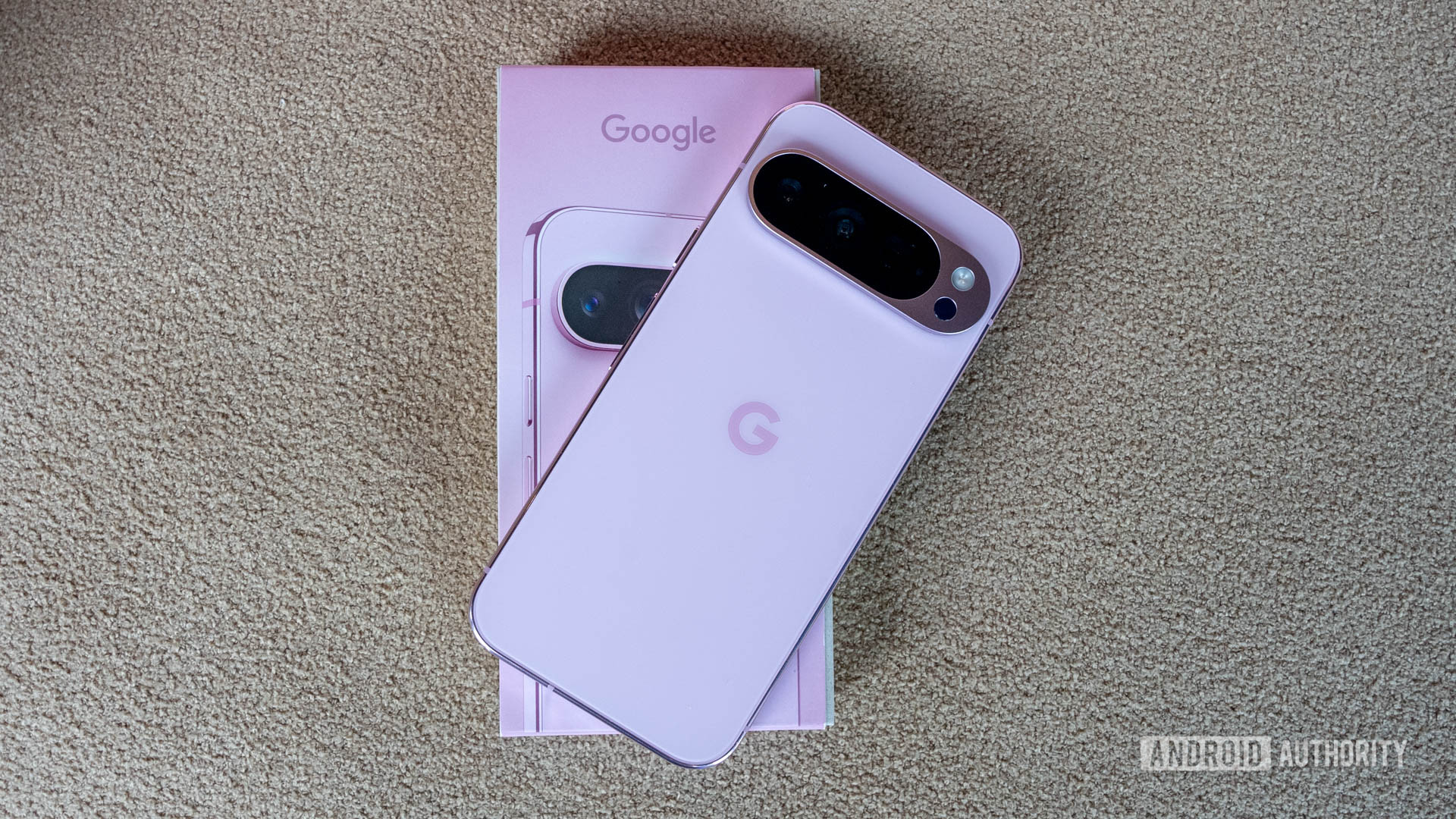
This article is already 3,000 words long, so I’ll get right to the point: the Pixel 9 series has been hyped up for the past six months, and so far, these flagship Android phones have lived up to the hype. The new designs are beautiful, the hardware upgrades are tangibly significant, and there are so many new software features that I couldn’t even begin to sum them all up here. If anyone has felt that the past few years have been all about minor iterations for smartphones year-over-year, the Pixel 9 series will be like a breath of fresh air. Take note, other Android OEMs: this is how you upgrade.
That’s all the good news. Now I must deliver some bad news, which is we are seeing price increases this year. The vanilla Pixel 9 is jumping up by $100 to a $799 entry price. The Google Pixel 9 Pro XL — the most appropriate device to consider as the follow-up to the Pixel 8 Pro — is also $100 more expensive at a $1,099 entry price. These price increases are especially notable because a) it was only last year that Google increased the prices of Pixels by $100, and b) all models still start at 128GB of internal storage.
The Pixel 9 series is an upgrade done right.
Meanwhile, the Google Pixel 9 Pro is a new entry in the line, so we can’t really compare it to anything that came before. However, we can say that it’s the same price as the Pixel 8 Pro ($999), and that’s also the same price as the iPhone 15 Pro. In fact, the Pixel 9 series’ pricing is now remarkably close to the iPhone series, with a $799 entry model, a $999 Pro model that’s the same size, and a $1,099 Pro model for folks who like ’em big.
Although I am always disappointed when prices increase, at least I can see why there have been increases. Like I said, this is a giant leap forward for the Pixel line, and these phones now easily compete with the iPhone and the Galaxy S series in a line-by-line comparison. Why shouldn’t they be the same prices as those competitor phones?
Which Pixel 9 series model is the better buy?
We’ll need to wait and see if Google’s gamble on price increases pays off in the end. For me, I am so excited about the Pixel 9 Pro that I will have no issue paying $999 for it, especially knowing that it comes with a full year of Gemini Advanced and 2TB of Google One storage.
But what do you think? Are you with me in thinking these phones are looking good, or do you think I’ve drunk the Google Kool-Aid? Let me know in the comments! In the meantime, stay tuned for our full reviews of these phones.

Gorgeous display
Seven years of software updates

Excellent build quality
Flexible, capable cameras
Reliable update commitment

Excellent build quality, refined design
Extensive update policy